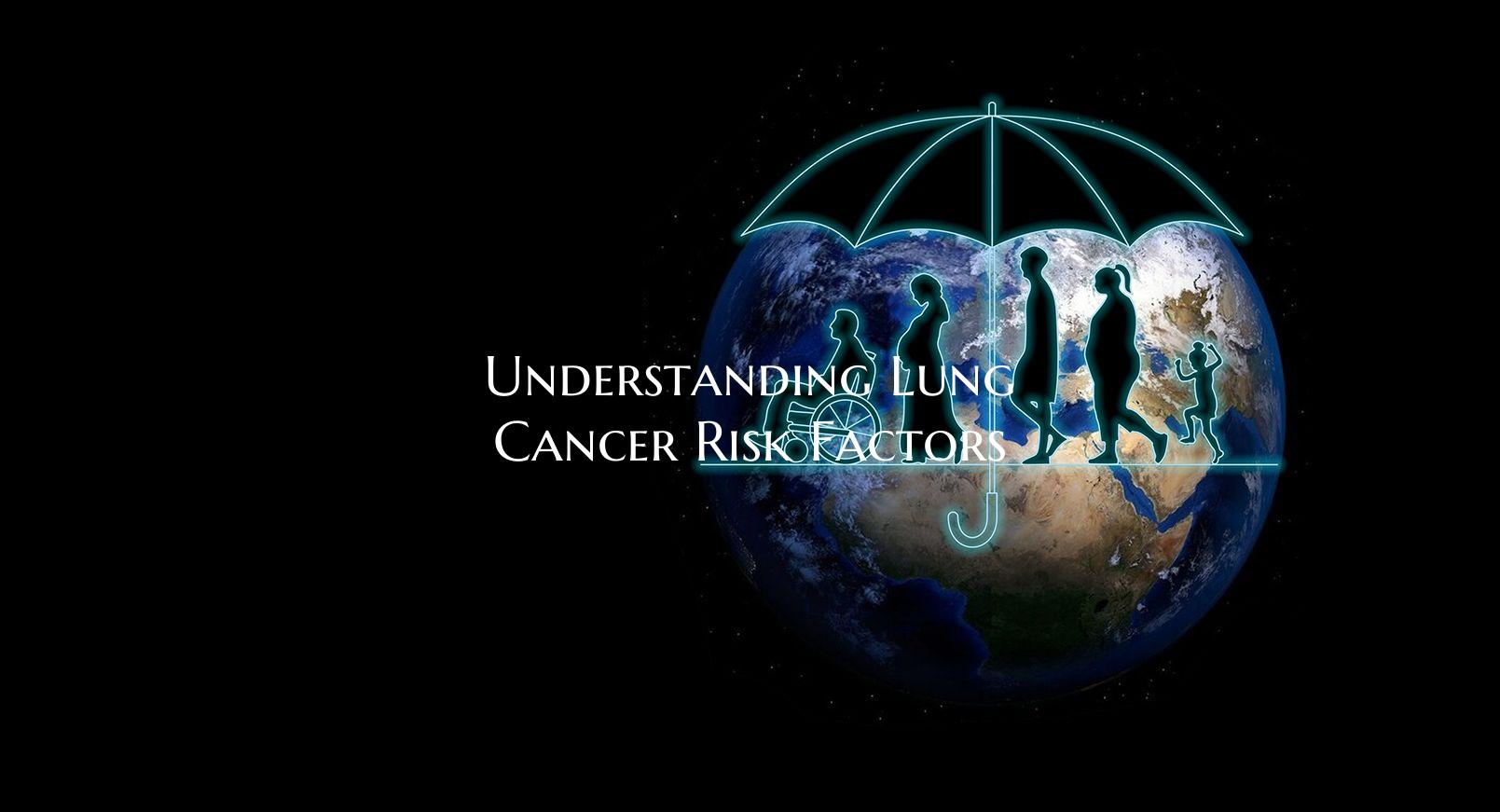
Understanding Lung Cancer Risk Factors
Lung cancer is a serious disease that affects millions of people worldwide. While it can be a frightening diagnosis, understanding the risk factors associated with lung cancer can help individuals make informed decisions about their health and take steps to reduce their chances of developing this condition.
1. Smoking: The most well-known risk factor for lung cancer is smoking. Cigarette smoke contains thousands of harmful chemicals that can damage the cells in the lungs, leading to the development of cancer. Smokers are at a much higher risk of developing lung cancer compared to non-smokers, and the risk increases with the number of cigarettes smoked and the duration of smoking.
2. Secondhand Smoke: Non-smokers who are exposed to secondhand smoke are also at risk of developing lung cancer. Breathing in the smoke from other people's cigarettes can be just as harmful as smoking yourself. It is important to avoid environments where smoking is allowed to reduce your exposure to secondhand smoke.
3. Radon Gas: Radon is a colorless, odorless gas that is naturally found in soil and rocks. When homes are built on soil that contains high levels of radon, the gas can seep into the living spaces and expose residents to increased levels of radiation. Prolonged exposure to radon gas is a known risk factor for lung cancer.
4. Occupational Exposures: Certain professions and workplaces expose individuals to substances that are known to increase the risk of lung cancer. Examples include asbestos, diesel exhaust, and certain chemicals used in industries such as mining, construction, and manufacturing. It is important for workers to follow safety guidelines and protective measures to minimize their exposure to these substances.
5. Family History and Genetics: While most cases of lung cancer are attributed to environmental factors like smoking and exposure to carcinogens, a small percentage of cases may have a genetic component. Individuals with a family history of lung cancer may have a higher risk of developing the disease themselves. Genetic testing and counseling may be recommended for those with a strong family history of lung cancer.
6. Age and Gender: Like many types of cancer, the risk of developing lung cancer increases with age. The majority of lung cancer cases are diagnosed in individuals over the age of 65. Additionally, men are historically more likely to develop lung cancer than women, although this gap has been narrowing in recent years.
In conclusion, understanding the risk factors associated with lung cancer is crucial for taking proactive steps to reduce your chances of developing this disease. By avoiding exposure to tobacco smoke, radon gas, occupational carcinogens, and other known risk factors, individuals can protect their lung health and lower their risk of lung cancer. Regular screenings and early detection can also play a critical role in managing lung cancer risk. Taking control of these factors can help improve overall lung health and reduce the likelihood of developing this devastating disease.